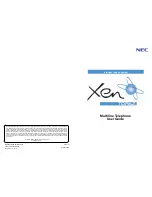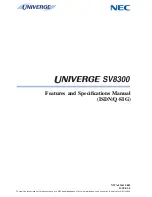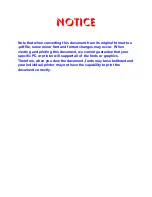
3
CHILDREN
Keep your phone in a safe place, out of the reach of young children. The
telephone contains small parts that may present a choking hazard
.
EMERGENCY CALLS
Emergency numbers may not be available on all cellular networks. Therefore
you shouldn’t solely depend on the mobile phone to make an emergency call.
Check with your local service provider.
Precautions for use
This mobile phone meets guidelines concerning the exposure to
radio waves.
Your mobile phone is a radio transmitter and receiver. It was designed to meet
the limits recommended by international guidelines to limit the exposure to
radio waves. This device complies with FCC rules.
The recommendations on exposure guidelines for mobile phones employ a unit
of measure known as the Specific absorption rate or SAR. The SAR limit defined
in international recommendations is 1.6 watts/kilogram (W/kg) averaged over
10 grams of tissue. In tests to determine the SAR, the equipment is used in
standard usage positions at its highest certified power level in all tested
frequency bands. The actual SAR level of a device in use may be lower than the
maximum value because the equipment is designed to only use the necessary
power required to reach the network. That amount changes depending on a
number of factors such as the distance from a network base station.
Radio frequency interference
Radio frequency output from electronic devices can interfere with other
electronic equipment and cause malfunctions. Although this phone has been
designed in accordance with USA regulations on radio frequency emission,
telephone wireless transmitters and electrical circuits can cause interference
with other electronic equipment. We therefore recommend taking the
following precautions:
Aircraft: Wireless equipment can cause interference in aircraft.
•
Turn off your telephone before boarding the aircraft
•
Do not use on the ground until allowed to do so by the flight crew
.









































